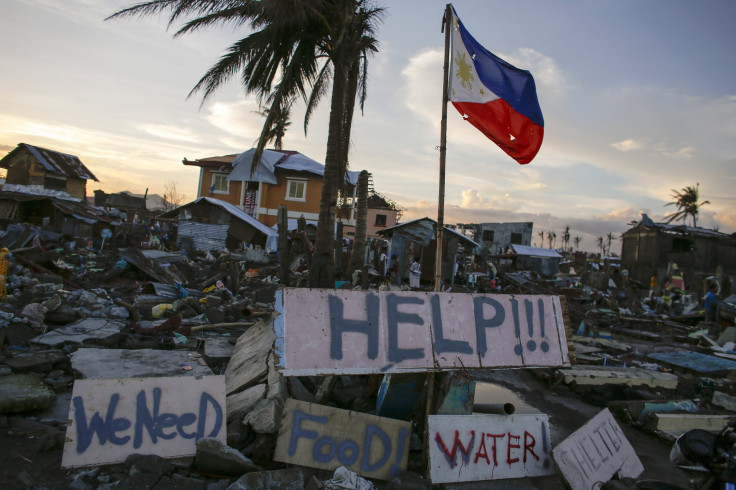The Philippines After Typhoon Haiyan: Fastest Q4 GDP Growth In Asia After China

The Philippines economy has pulled through admirably after the nation suffered the devastating Typhoon Haiyan last November. In the fourth quarter of 2013, GDP grew 6.5 percent, and the Philippines remains the fastest-growing economy in Asia after China.
Economists had expected GDP growth of 6 percent. Agricultural output actually grew 1.1 percent year-on-year in the fourth quarter, following a 0.3 percent drop in the third quarter. Industrial production grew 8.4 percent, compared to 8.3 percent a year earlier, while services grew 6.5 percent.
For 2013 as a whole, the Philippines’ economy grew 7.2 percent, exceeding the government’s expectation of 6 percent to 7 percent and market consensus of 7 percent. It is also the fastest growth rate since 2010, according to Reuters.
"Our macroeconomic fundamentals are pretty robust compared to Indonesia, India, Thailand, and we are in a good position to take advantage of the improvement in the global economy," said Arsenio Balisacan, the economic planning chief of the Philippines.
Even though Typhoon Haiyan caused devastating damage and left at least 6,200 people dead, the economy has remained surprisingly strong. In 2014, it’s expected that the trend will continue as a result of rebuilding efforts and faster growth from the global economy.
"We are optimistic the Philippine economy will remain strong in 2014, especially with the outlook for the global economy becoming favorable," said Balisacan.
The budget agency said the government could spend up to 138 billion pesos ($3.1 billion) on rebuilding the disaster areas, more than 50 percent than initially estimated, as it prepares to build strong structures and safeguards against future natural disasters.
The government is targeting 6.5 percent to 7.5 percent of GDP growth this year. The International Monetary Fund separately estimates 6.3 percent in economic growth, according to Reuters.
© Copyright IBTimes 2024. All rights reserved.











